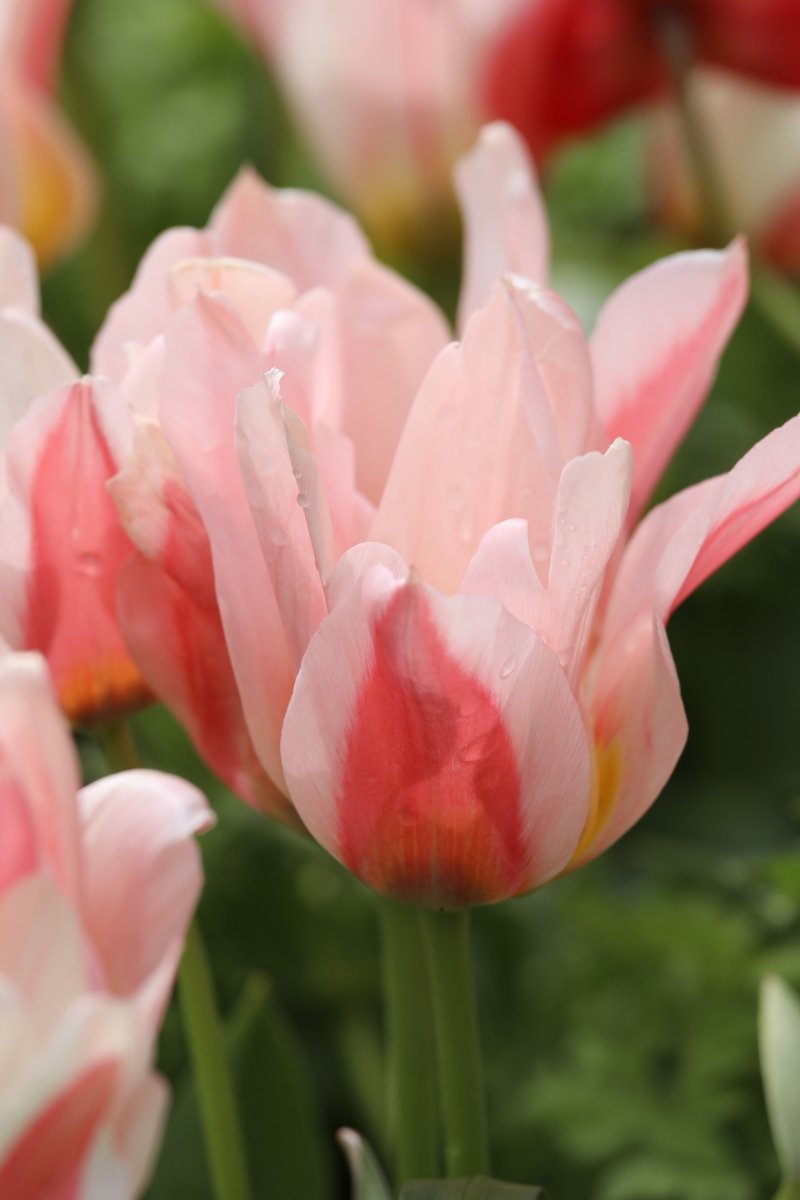
Serano
About Serano
Add a pop of soft pink to your spring garden with the greigii tulip serano. Known for its delicate blush-pink and white petals and sturdy stems, this tulip is a favorite for early blooms and reliable performance. Perfect for garden beds, borders, and pots, serano brings elegance and charm to any outdoor space.
- Beautiful blush-pink blooms with a creamy white base
- Early flowering, brightening your garden in early spring
- Strong, weather-resistant stems
- Great for cut flowers and bouquets
-
Reliable perennial when planted in well-draining soil
How to plant and take care of Greigii tulip serano:
-
Plant bulbs in autumn, about 4 inches deep and 4-5 inches apart
-
Choose a spot with full sun or partial shade
-
Use well-draining soil to prevent rotting
-
Water after planting, then only during dry spells
-
Apply a balanced fertilizer when shoots appear in early spring
-
Allow foliage to die back naturally after flowering for best results next year
FAQs

